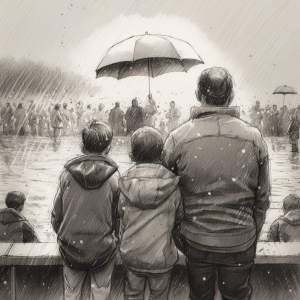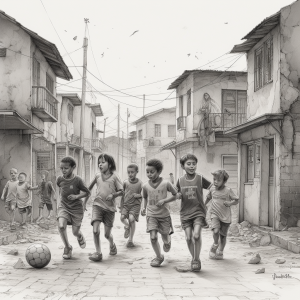Soccer Injuries- The Cause And Type Of Injuries
Before I start today’s post, let me give you a quick statistic. Soccer is one of the largest participation sports in the world. 89% of adult and 59% of child soccer injuries occur during organised competition and practice. The risk of injury during a game tends to be 3-4 times higher than the risk in practice. So lets start on Soccer Injuries.
The most common injuries in soccer are
- sprains
- strains
- fractures
- bruising
- muscle tendon damage
- and cuts and abrasions.
Most soccer players often sustain injuries to the lower limbs, followed by the upper limbs and the head. History has shown that young children injure their upper limbs, followed by lower limbs and the head. Lower limb injuries are the result from contact with another player. Some examples of these are
- being kicked
- collisions
- strains
- and twists, usually rolling the ankles.
Most head injuries are associated with heading the ball incorrectly, or being struck by a ball kicked at high speeds or even colliding with the goal posts or the opposing players head. Falls, over-exertion, overuse and being struck by the ball are other common injuries.
Tips For Preventing Soccer Injuries
- Before any child starts a training program, they should be taken to the doctor for a medical examination.
- The child must complete conditioning programs to increase flexibility, endurance and strength before he is able to compete in a soccer match.
- Make sure your child warms up and stretches before playing. Don’t allow your child to shoot at goals before warming up.
- Make sure your child wears all the appropriate safety gear.
- Never allow your child to play through pain. If your child is injured or in pain, see your doctor.
- First Aid must be present at all trainings and matches.
- Simple fitness testing should be conducted before competition to ensure safe fitness levels.
- Never allow children to climb on the goal posts or hang from them.
- Last but most importantly, keep junior soccer fun. Too much focus on winning can push children too hard and inevitably to injuries.
Use Appropriate Equipment
- All junior soccer should use waterproof, synthetic soccer balls instead of leather ones. Leather balls become waterlogged and very heavy making them dangerous for heading and play.
- Use the appropriate sized ball for the age and gender group of players.
- Most Important Ensure both portable and permanent goals are securely anchored to the ground.
- Cover goal posts with protective padding (studies have shown that padding on goal posts greatly reduces the risk of serious injury).
- Dismantle and secure portable goals
- Make sure the playing field is checked regularly to ensure the removal of all hazards.
Safety Equipment
- Wear shin pads at all times, even at practice.
- Wear correct fitting soccer boots
- Wear ankle supports to decrease inversion and eversion
- and in some cases, wear mouth guards to prevent dental injury.
Keep this in the back of your mind, more than 200,000 youths under 15 are treated each year in hospital from injuries sustained while playing soccer. Many injuries can be prevented if players wear the appropriate safety gear and follow the above advice. Don’t let your child become another statistic.



It is happy to see your posting. Yes really informative article. I will tell this information again to my friend, oh yes I suggest you to check my blog on http://www.101aboutsoccer.blogspot.com , I hope the article on my blog will be usefull for you… and we can share each other. thank you… 😉
Thank you for your kind words Satria. Stay tuned as i have big plans for this site.
Thats my statement and question: Parents Should Be Recalled not the toys, if they keep recalling the toys and not reprimanding the parents when are people going to realize “Hey maybe I should actually watch my kid?”
Good advise to the people who are teaching and coaching the kids. All need to be aware of the kinds of injuries awaiting on the soccer field and protect against them as much as possible.
That’s a really good tip of having a first aid professional at every training and game. When you keep safety in mind, that’s exactly what I think of! Do you have any more posts about how to help kids play better soccer? Thanks!